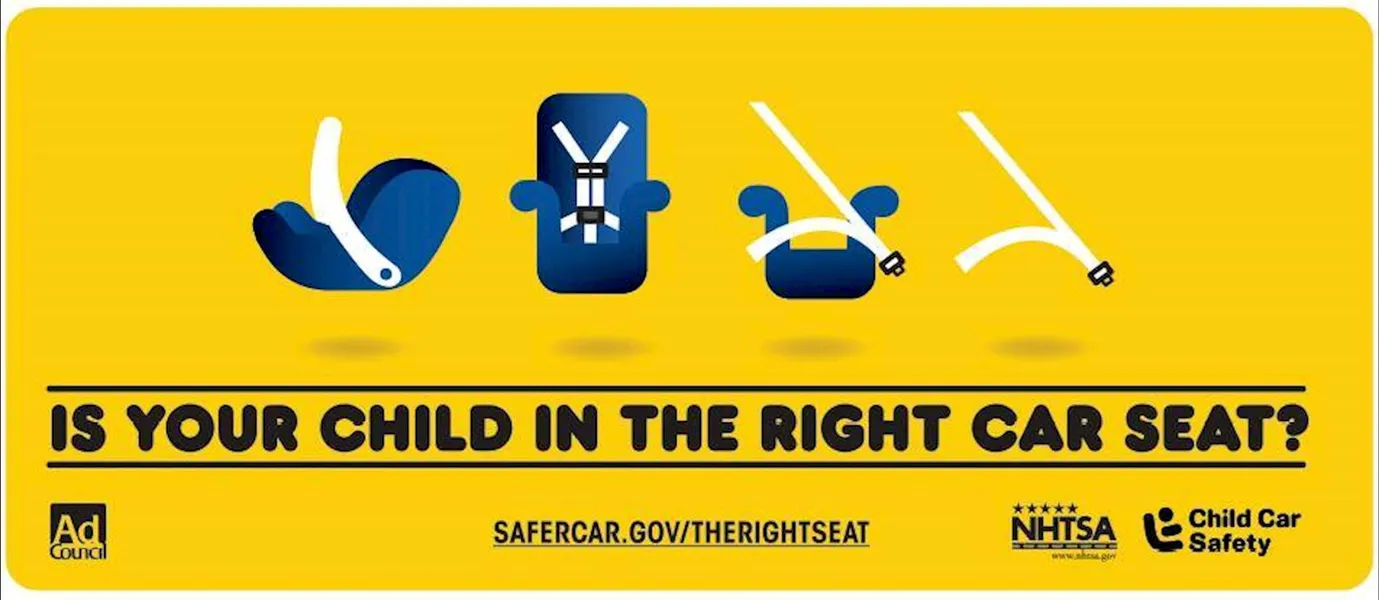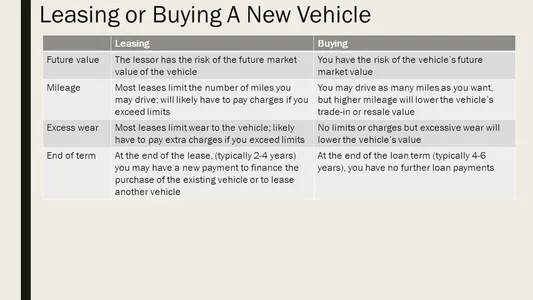Throughout history, drivers were not always required to have a child seat in their vehicles. In fact, many of you probably never had to sit in one while growing up. It’s not surprising that many of us grew up without sitting in one, especially when considering the fact that seat belts for adults were not even standard equipment in vehicles until the 1960s.
In America, all States had the child seat law by 1985; requiring parents of young children to have their child in a child seat. The seatbelt and child seat laws were created and are still enforced today, to keep all drivers and their passengers, of all ages, safe while inside an operating vehicle.
Now, in 2019, the child seat law has been a part of our driving lives for 34 years, yet, many new parents are unsure of how to choose the right car seat for their child. It can be somewhat overwhelming due to the fact that there are so many different seats on the market, which makes choosing the right one even more difficult.
ARKANSAS LAW 27-34-104 - Child Passenger Protection Act
Every driver of a motor vehicle who transports a child under fifteen (15) years of age, shall while the vehicle is in motion and operated on a public road, street, or highway, properly place, maintain, and secure the child in a child passenger restraint system properly secured to the vehicle and meeting applicable federal motor vehicle safety standards.
A child who is less than six (6) years of age and who weighs less than sixty pounds (60 lbs)shall be restrained in a child passenger safety seat properly secured to the vehicle.
If a child is at least six (6) years of age or at least sixty pounds (60 lbs) in weight, a safety belt properly secured to the vehicle shall be sufficient.
Although the law states after 6 years of age children can get out of a child passenger safety seat, we recommend that they still be in one, according to their weight and height. Listed below are the proper seat for each age group::
Here are some guidelines to use when looking to purchase a child seat for your child.
- Birth to 12 months: A child under the age of one always rides rear-facing, or facing the back of the car. These children can ride in a rear-facing only carrier, a convertible car seat, or an all-in-one car seat.
- 1 to 3 years: Children should continue to ride rear-facing as long as possible. This is the safest way for children to ride in a motor vehicle. They should stay in the rear-facing car seat until they reach the upper weight or height limit allowed by that seat for rear-facing, until at least age 2. These children ride in a rear-facing-only carrier, a convertible car seat, or an all-in-one car seat.
- 4 to 7 years: Children should ride in a forward-facing car seat with a harness until they reach the upper weight or height limit of that car seat. The top tether should always be used when forward facing, unless the weight limit has been reached. These children ride in a convertible or a combination car seat.
- 8 to 12 years: Children should use a high back booster or a backless booster when they have outgrown the forward facing seat with a harness until they can properly fit a seat belt. Boosters are used with lap and shoulder seat belts only.
- 12 Years Old and Older - Seat belts - As your child becomes older, they should still remain sitting in the back seat of your vehicle and use the lap and shoulder seat belts for optimal protection.
- Children should not be FRONT SEAT passengers until they are at least 13 years old.
No matter which age your child is at or car seat they are in — it is important for parents to be aware that from newborn to 3 years old, sitting in the center rear seat is 43% safer than sitting on the sides in the back of your vehicle. Check the laws in the particular state you live in and stay safe out there!












